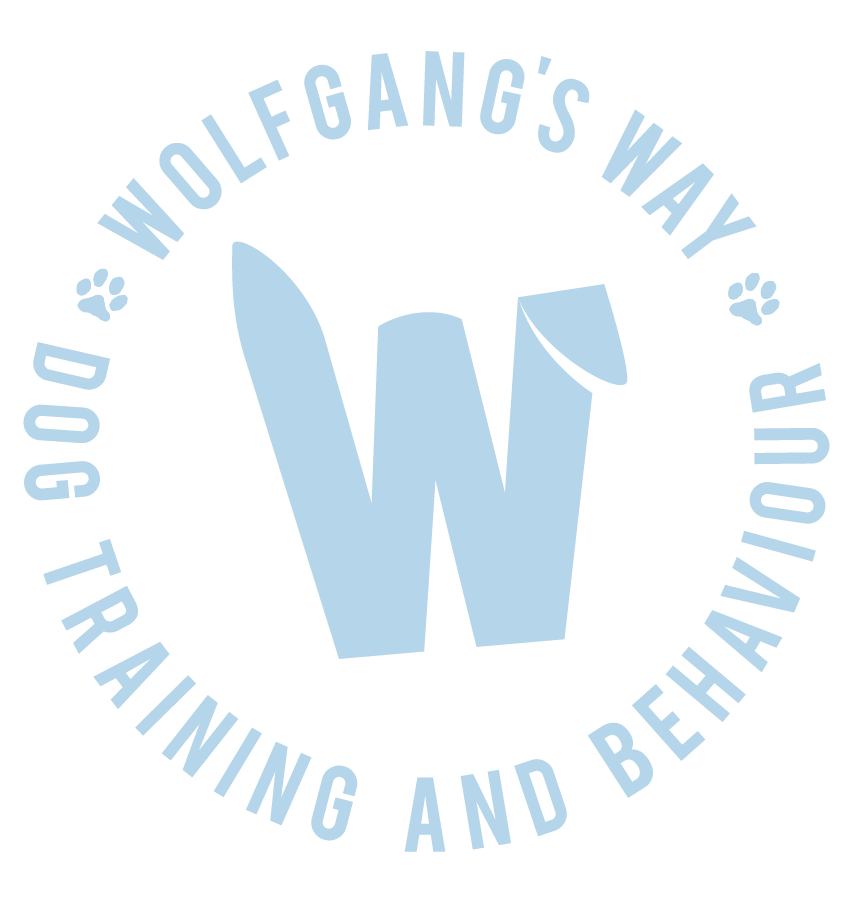The basics:
Your puppy should be in one of the following three situations at all times during house training. S/he should be either:
Outside, while you actively look for and reinforce urination and defecation
Inside with your constant supervision
Crated or gated off in a small, puppy-proofed room
When to take your puppy outside:
Get the puppy into a routine from the start with regular toilet breaks at the same time every day, so s/he can start to develop habits and expectations (when awake, every 20 minutes to begin with). In addition, you should take your puppy out after:
sleeping/ resting, eating, playtime / a period of activity, drinking, after you’ve released him/ her from confinement (i.e. crate)
A regular feeding schedule will ensure regular bowel movements and you’ll be able to predict when your pup needs to go within a few weeks.
Puppies don’t have full bladder control until 20 or 30 weeks of age (or longer for small breeds) so repeat this exercise until you are certain that your puppy gives you clear signs every time s/he needs to go.
When outside:
It’s vital that you take your puppy out and reinforce him/ her for toileting outside, DON’T just leave the puppy unsupervised in the garden (also, puppies are easily distracted and can forget to potty).
If you have a designated toilet area in your garden, take your puppy there (it can be helpful to take your puppy out on a loose lead to keep them focused on one spot). Stand still and quietly wait until s/he looks ready to eliminate. As s/he squats, quietly say your chosen cue (i.e. ‘go pee’ or ‘be quick’), wait patiently as s/he goes, and when done, praise and give the pup a tasty treat immediately (it’s important you feed the treat there and then).
Don’t nag or distract the puppy when outside, simply wait until s/he has to go toilet.
Don’t stay out for too long if your pup doesn’t go toilet. Go back in, watch the pup like a hawk (to avoid accidents), and try again in 5 to 10 minutes. It is always better for the pup to pee/poo as soon as you take them outside rather than half an hour later. This will speed up the learning process.
When inside:
Make sure you always have an eye on your puppy. You can either attach her/ him to you with a lead or keep the pup in the same room (close all doors, it only take a few seconds for your puppy to run into another room and go toilet there). It’s your job to prevent that from happening!
At first, restrict your puppy’s access to rooms that you rarely use and keep doors shut so your puppy can’t run into another room to quickly go toilet. Then introduce your puppy to one room at a time in a slow and controlled manner to ensure the pup knows it is part of the ‘den’. Always be present when your puppy explores a new room and ensure s/he’s been potty beforehand. Spend time in each room with your puppy, feeding dinner, doing some training or playing, resting while you are reading, etc. and with time, your puppy will begin to think of it as part of her home.
Watch the puppy for those subtle signs that indicate your puppy might need to go. Those include:
Your puppy getting up from munching a chew toy
Straight after having food or water
The pup is wandering away from an area in which s/he was just playing
Sniffing the floor (plus circling and sniffing)
Looking a bit distracted from what the pup was doing
Looking towards the (garden) door
Wandering off to an area where s/he’s accidentally soiled before
Adding a cue
For the first couple of days say ‘go pee’ (or whichever cue you’d like to use) when the puppy is in the middle of it (say it gently so you don’t distract the pup from going toilet and fully emptying the bladder), then praise and reward when done.
Then start to give the cue just before the pup is about to go pee, then praise/ reward when done.
After a few weeks of repetition the puppy should put the cue together with the action of going toilet and you will be able to ask him or her to go ‘pee’.
Crated or gated off in a small puppy-proofed room:
Puppies are less likely to potty in areas where they sleep or eat. Keeping your puppy crated or gated off in a small space where they can sleep teaches them to control their bladders.
Make sure your puppy has eliminated before they go to rest in a crate/ gated off space and build up the time you leave them in this space gradually.
When using a crate, ensure your puppy has been introduced to the crate properly and views the crate as her safe haven and resting place.
Accidents do and will happen (and that’s ok)
If you see your puppy beginning to squat, simply ignore it. No one wants to be interrupted mid-pee. Don’t ever punish your dog for accidents, it will only teach him/ her to avoid toileting in front of you (which can also lead to the pup not eliminating when out on walks with you).
Avoid bleach or household cleaners to clean up any accidents (basically nothing with ammonia), instead use product specifically designed for this purpose.


